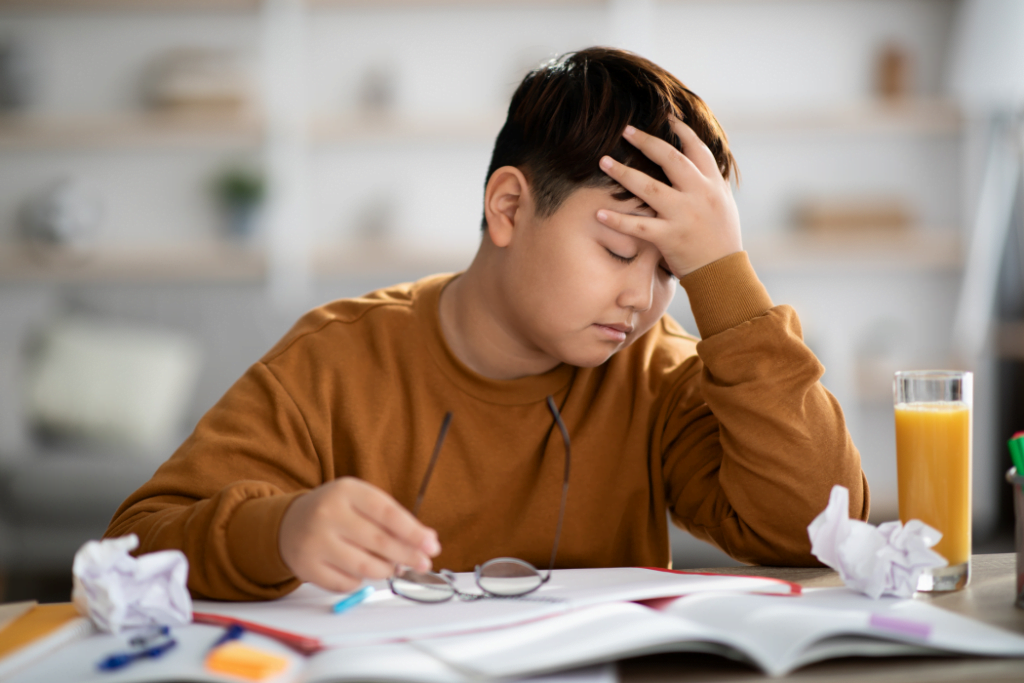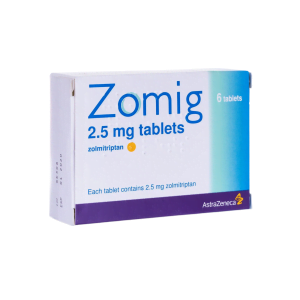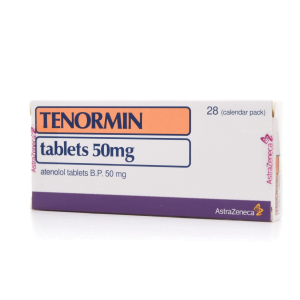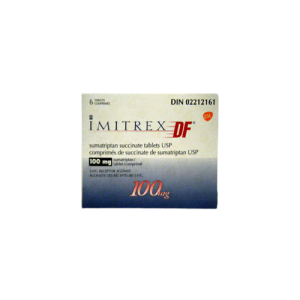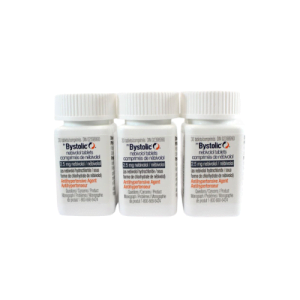Migraines aren’t just an issue for adults; children can also experience these debilitating headaches. Recognizing the symptoms and knowing effective treatments is vital for parents and caregivers. This guide will help you identify children’s migraine symptoms and presents various treatments to ease their discomfort.
Understanding Migraines in Children
What is a Migraine?
Migraines are a neurological condition characterized by severe, pulsating headaches, often accompanied by symptoms such as nausea, vomiting, and sensitivity to light and sound. Although commonly associated with adults, migraines are also prevalent among children and teenagers.
Prevalence of Migraine in Children
About 10% of school-aged children suffer from migraines, with the prevalence increasing with age. This condition often appears early in life, becoming more common as children approach adolescence. By teenage years, migraines are notably more prevalent in girls than boys, likely due to hormonal changes during puberty.
Migraines in children can significantly impact their academic performance, social activities, and overall quality of life. Factors such as genetics, environmental triggers, and stress also influence the frequency and intensity of migraine episodes in this age group. Early diagnosis and management are crucial for mitigating these effects and enhancing the well-being of afflicted children.
Recognizing Symptoms of Migraine in Children
Here are some common and unique symptoms experienced by children with migraines:
Common Symptoms
- Throbbing or Pulsating Headache: Often localized to one side of the head.
- Nausea and Vomiting: Frequently accompany migraines in children.
- Light and Sound Sensitivity: Exposure to bright lights and loud noises can intensify the pain.
- Abdominal Pain: Sometimes misdiagnosed as other conditions.
- Paleness and Fatigue: Children may appear unusually pale and tired.
Unique Pediatric Symptoms
- Irritability and Mood Changes: Sudden mood swings and increased irritability.
- Dizziness and Vertigo: Common sensations during a migraine.
- Visual Disturbances: Blurred vision, seeing spots, or flashing lights.
Effective Treatments for Migraines in Children
Here are some medical, non-medical, and preventive treatments for children dealing with migraines:
Medical Treatments
- Over-the-Counter Pain Relievers: Medications like acetaminophen and ibuprofen (consult a pediatrician first) can be effective.
- Prescription Medications: Triptans or other migraine-specific drugs for severe cases.
- Anti-Nausea Medications: To alleviate significant nausea and vomiting.
-
 Zomig Tablets$128.99
Zomig Tablets$128.99 -
 TenorminPrice range: $39.99 through $54.99
TenorminPrice range: $39.99 through $54.99 -
 Imitrex DFPrice range: $141.99 through $145.99
Imitrex DFPrice range: $141.99 through $145.99 -
 BystolicPrice range: $74.99 through $81.99
BystolicPrice range: $74.99 through $81.99
Non-Medical Treatments
- Lifestyle Changes: Regular sleep patterns, a healthy diet, and consistent exercise.
- Behavioral Therapy: Techniques like Cognitive Behavioral Therapy (CBT), deep breathing, meditation, and yoga.
- Environmental Modifications: Limiting screen time and ensuring a quiet, dark room during a migraine.
Preventive Measures
- Identifying Triggers: Maintaining a migraine diary to spot potential triggers.
- Regular Medical Checkups: Collaborating with healthcare providers to monitor and manage the condition.
When to Seek Medical Help
Medical consultation is advised if migraines occur more than twice a month, if pain persists despite medication, or if there are neurological symptoms such as confusion, loss of consciousness, or ongoing vision changes.
Takeaways
Migraines in children are distressing but identifiable and manageable with the right knowledge and treatment measures. Parents and caregivers, by identifying symptoms early and following effective treatment strategies, can significantly improve the quality of life for children dealing with migraines.
Frequently Asked Questions (FAQs)
How to Treat Migraines in a Child?
Treating migraines in children often involves a combination of over-the-counter pain relievers, prescribed medications for severe cases, and non-medical treatments such as maintaining a regular sleep schedule, a healthy diet, and using relaxation techniques.
What Are the Common Triggers for Migraines in Children?
Common triggers include stress, certain foods (like chocolate or cheese), dehydration, irregular sleep patterns, as well as various environmental factors such as bright lights or loud noises. Furthermore, keeping a migraine diary can help you identify and avoid these triggers.
When Should I Seek Medical Attention for My Child’s Migraines?
Seek medical attention if your child’s migraines occur more than twice a month, if the pain does not respond to over-the-counter medications, or if there are severe symptoms like confusion, loss of consciousness, or persistent vision changes. It is also recommended to have regular checkups with a doctor.
